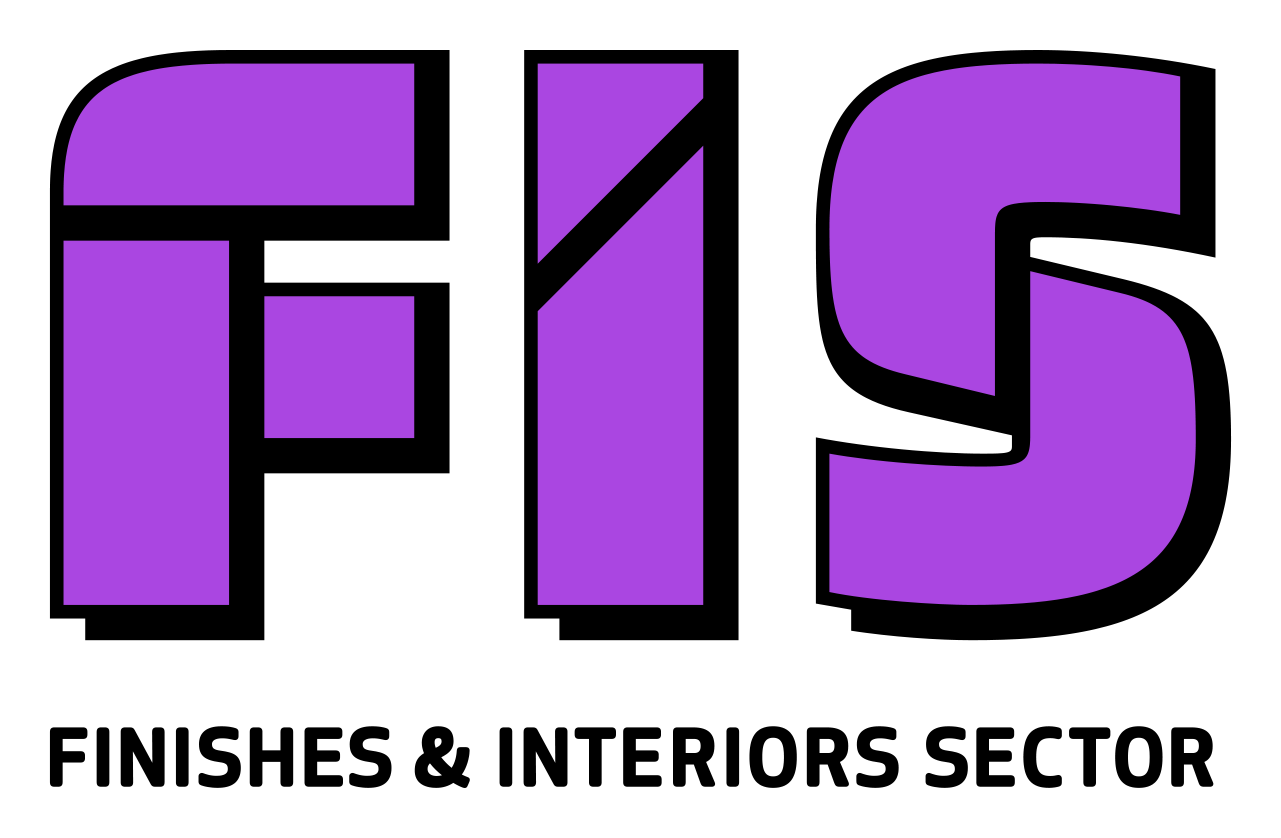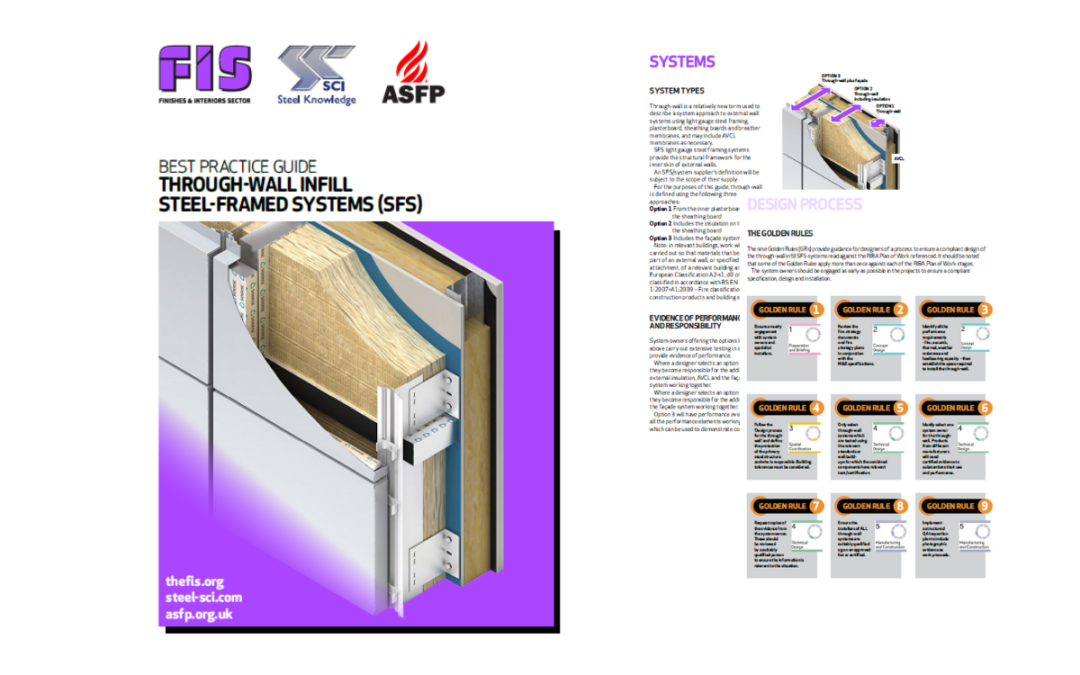FIS has launched a new Best Practice Guide for Through-wall infill steel framed systems (SFS) to provide a standard definition of ‘through-wall’ and assist in the design, specification and installation of SFS ‘through-wall’ systems.
‘Through-wall’ has become a generic term used by suppliers of systems to describe infill exterior walls constructed from Light Gauge Steel Frame (LGSF) sometimes described as steel framing systems (SFS) where frame, inner plasterboard and external sheathing boards are tested and sold as a system. However, in a similar way that the framing can be defined as LGSF and SFS, there is no consistency in what constitutes ‘through-wall’.
The guide has been drafted by a panel of experts from the FIS SFS working group in conjunction with the Steel Construction Institute (SCI) and the Association for Specialist Fire Protection (ASFP).
Aimed at everyone in the delivery chain from design to specification, fire engineers, contractors, site managers and installers, it explains the three options:
- From inner plasterboard to external sheathing board
- From inner plasterboard to external sheathing board and external wall insulation
- From inner plasterboard to external sheathing board, external wall insulation and façade system
Commenting, Andrew Way, Associate Director at the SCI, said:
“The term ‘through-wall’ has been in common use in the construction industry for many years now, but its precise meaning is still unclear for many people. This is not surprising as a recognised definition of ‘through-wall’ has not been provided up until now. This joint publication from FIS and SCI addresses the need by providing a clear definition and presenting useful information about the topics and performance characteristics related to ‘through-wall’ systems. The leadership of FIS in driving this publication has been critical in achieving this new guide for the industry to utilise”.
Dr Andrew Taylor, Technical Officer at ASFP said:
“Understanding the impact of different component materials on the ability of a constructed system to perform, together with how the system interacts with the structure and any potential movement, is fundamental to the delivery of a successful installation.”
“LGSF, SFS and through-wall are still emerging technologies and solutions as part of Modern Methods of Construction (MMC). It’s vital that their integration and interface into the building structure to ensure the performance requirements can be met and what clear evidence of compliance is required is addressed as early in the design stage as possible,” added FIS Technical Director Joe Cilia.
The guide is freely available to FIS members from the FIS website at https://www.thefis.org/membership-hub/publications/best-practice-guides/through-wall/ and will be used to form the basis of Continuous Professional Development programmes going forward. Copies are available to non-members on request.

